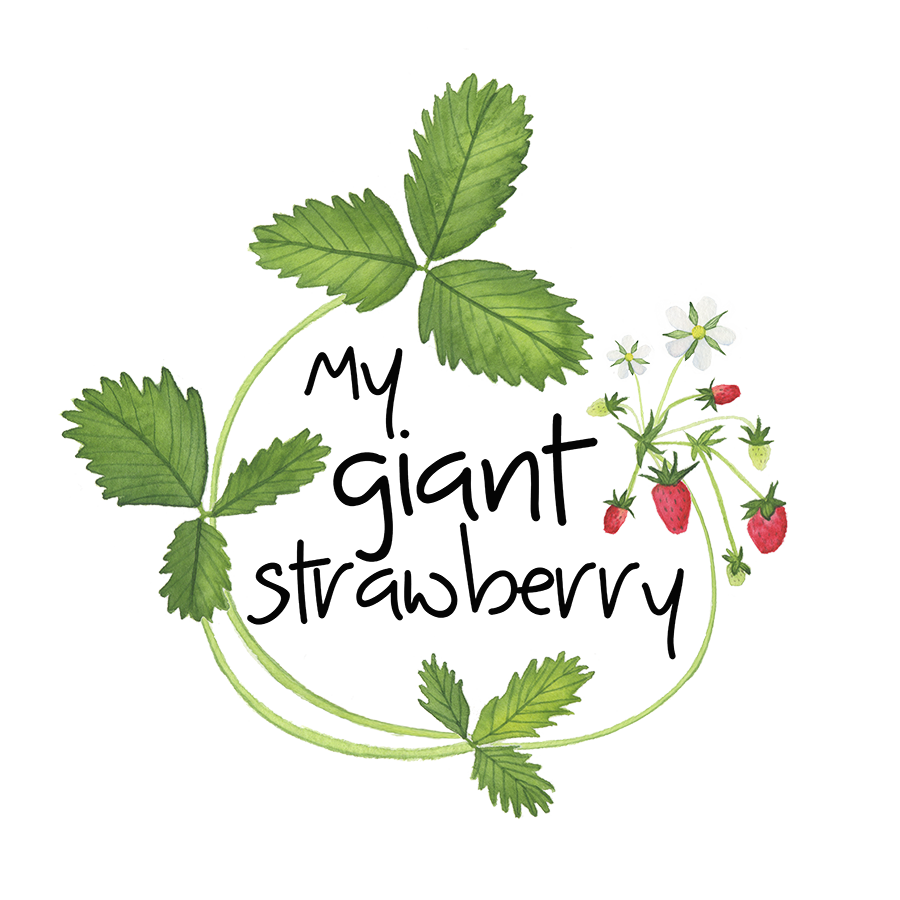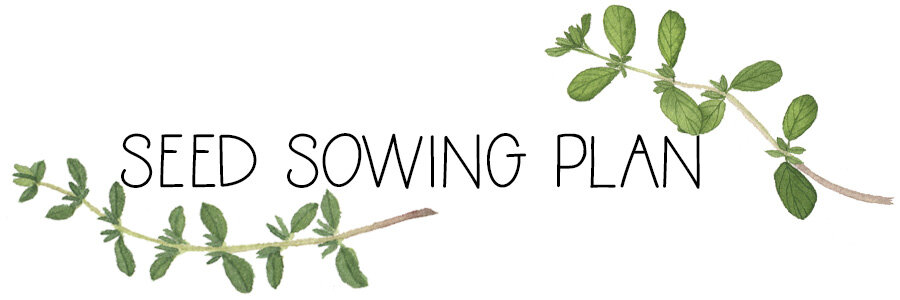Winter Joy: How to Choose and Order Seeds for a Successful Garden
The wind shrieks a puff of snow off the roof and as I step outside the storm door shatters an icicle onto the stairs. I rush to the mailbox in two big steps, folding the mail under my arm and hopping back inside with a cloud of wintry air. I stamp the snow off my feet and shiver until I notice the glossy, flower-adorned cover of yet another seed catalog. Suddenly summer doesn’t seem so far away.
Whether you’re filling a few window boxes, growing sprouts or microgreens on the counter or populating rows of raised beds, seed catalogs are a gardener’s winter delight. I lovingly study even the least reputable catalogs, devouring the photographs and descriptions of summer and then coming back for seconds (and thirds).
It’s tempting to want to order some of everything — fantasies of a lush garden combatting winter’s cold and dreariness — but without some careful thought and planning, things can easily get out of hand. Maybe you order more seeds than you’ll ever be able to use, or you choose the wrong varieties of plants. Or maybe, faced with stacks of seed catalogs, you become paralyzed by indecision.
How do you ever decide which (and how many) seeds to order?
First, figure out your gardening limitations. Defining them will help you narrow down the possibilities.
Consider:
Garden space
Indoor seed starting space (and equipment, ex. grow lights)
Light
Soil (composition, fertility, draining ability)
Climate and length of your growing season
Your specific micro-climate (ex. how the placement and siting of your space affects things like temperature, air circulation, etc)
Your time
Your budget
Access/ability to water
Local pests and diseases
Local availability of seedlings
If you haven’t been gardening in your current space for very long, you may not know the answers to all these questions. Try asking neighbors and local gardening friends or contacting the local extension office. You’ll also want to look up your gardening zone and when it comes time to plant, consult soil temperature maps (note: those links are for US locations. If you’re out of the US, simply search online to find sources near you).
Of course, you can work around some of these limitations. If you don’t have a large garden you can grow vertically or in pots. If your soil is poor you can amend it with organic matter, add sand to help with drainage issues or grow in raised beds or containers. Other situations, like how much sun your garden receives, can’t be so easily changed.
Being honest about your limitations from the beginning will help you avoid disappointment later.
Second, decide what purpose you want your garden to serve.
Are you hoping to provide food for your family? Have enough flowers for bouquets all season long? Create a welcoming outdoor space to enjoy? Feed pollinators and wildlife? Grow an herbal apothecary? A combination of the above?
Your garden will be unique to you! There are probably just about as many purposes for gardens as there are gardeners.
I love surrounding myself with a messy, colorful mix of flowers, herbs, fruits and vegetables. My garden is my sanctuary and constant inspiration. I welcome wildlife (but not the bunnies!) and happily share my harvests (except for my peaches!).
If you’re growing food, be sure to choose things you and your family actually enjoy eating. Think about how much room you have to devote to those fruits and vegetables compared to how much you’ll be able to harvest. Also, compare how much you’ll want (or be able) to eat with how prolific each variety is.
Last year I grew summer squash. I’ve never been very successful growing it, but the plant took over one of my raised beds and I couldn’t keep up with its abundance. This year I’ll use the same space to grow more of what we eat every day and purchase zucchini from the farmer’s market when I need it.
Finally, choose companies with good reputations who are environmentally responsible.
Most reliable companies also have informative catalogs (and/or websites) to help you decide what varieties are right for your situation. Look for plant hardiness, light requirements, days to maturation, disease resistance and other helpful information (some catalogs even include recipes). If this isn’t obvious from the company’s catalog or website, it might be a sign to choose somewhere else to buy your seeds.
Some of my favorite companies:
By comparing your limitations and purpose for your garden to the information about each variety of plant, you can begin to determine which and how many seeds to order.
I stick a post-it note on each of the catalog covers and write the page number and plant name on the post-it so it’s easy to find specific varieties. Then comes the hard part: deciding which seeds to grow!
To help you with planning your garden, I’m sharing the Seed Sowing Plan I created for myself last year:
(Just click on the image to access the file). Keeping track of which seeds need to be planted when can be tricky if you don’t get it down on paper. This guide was so helpful for me last year. I hope it will be for you, too.
What are some of your favorite garden resources? What are you planning to grow this year?






